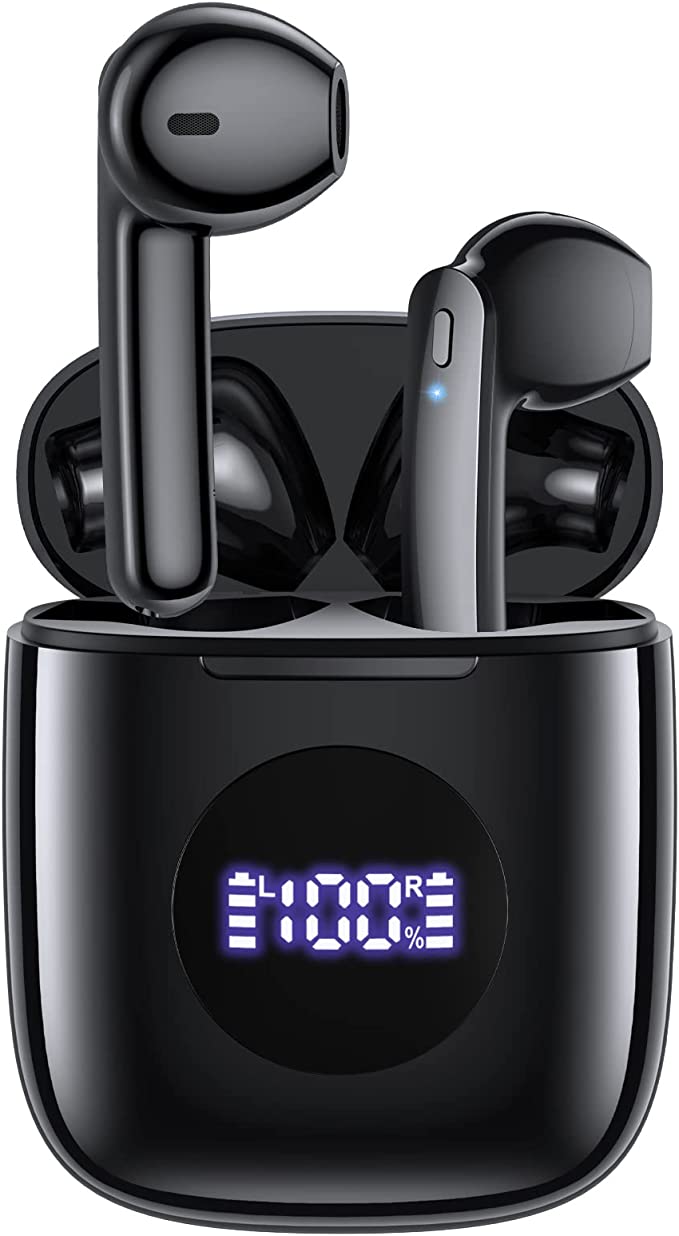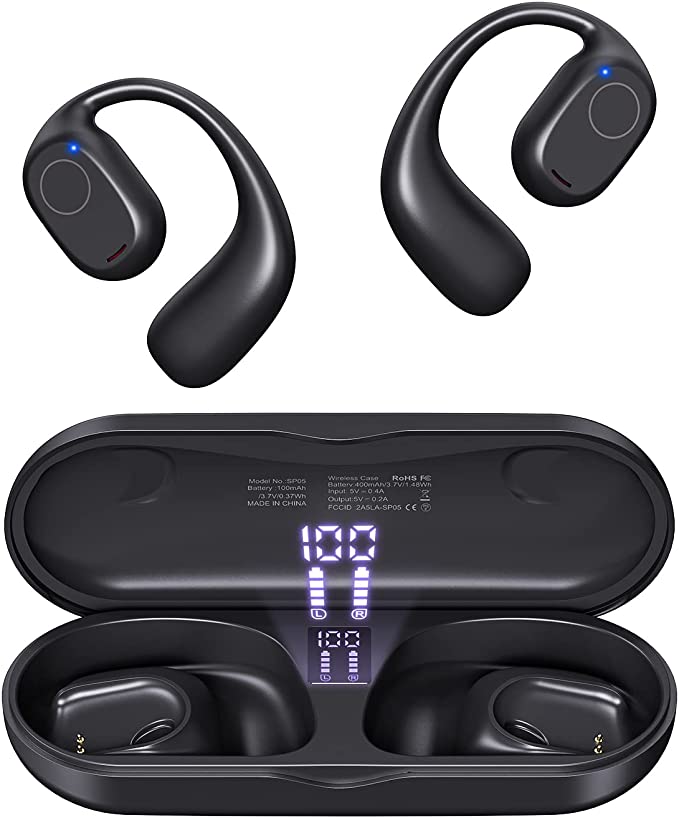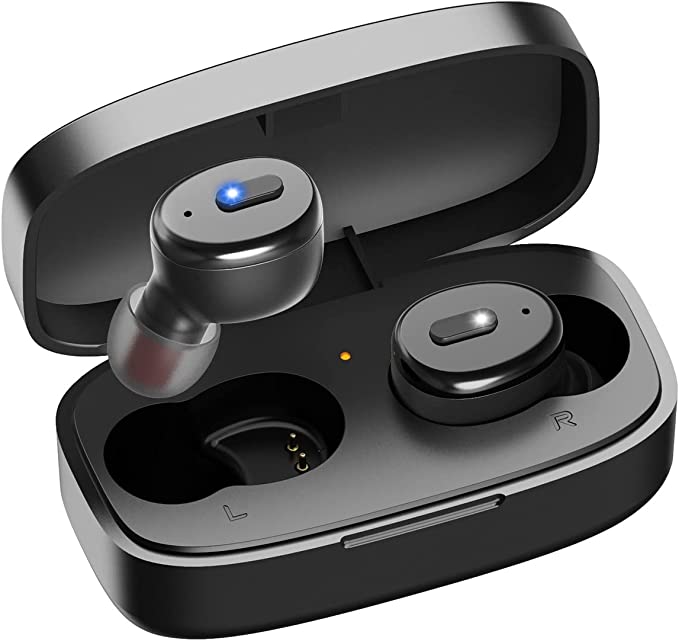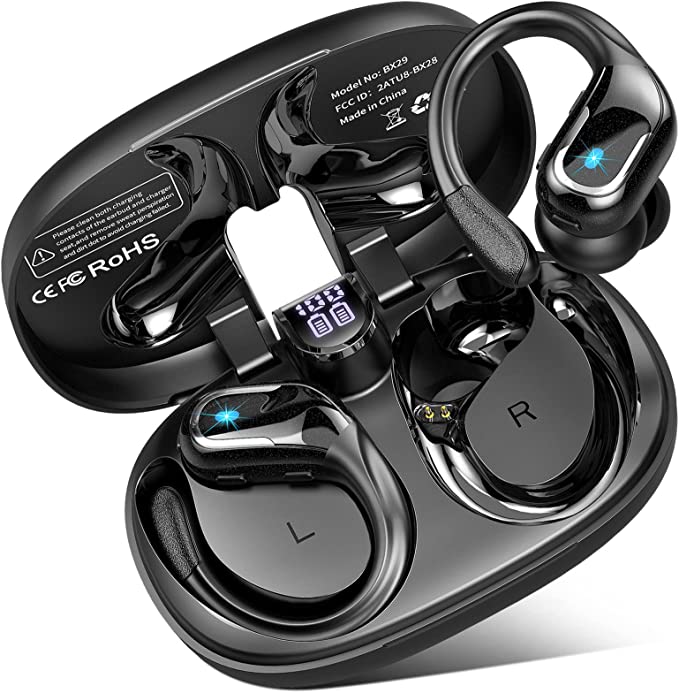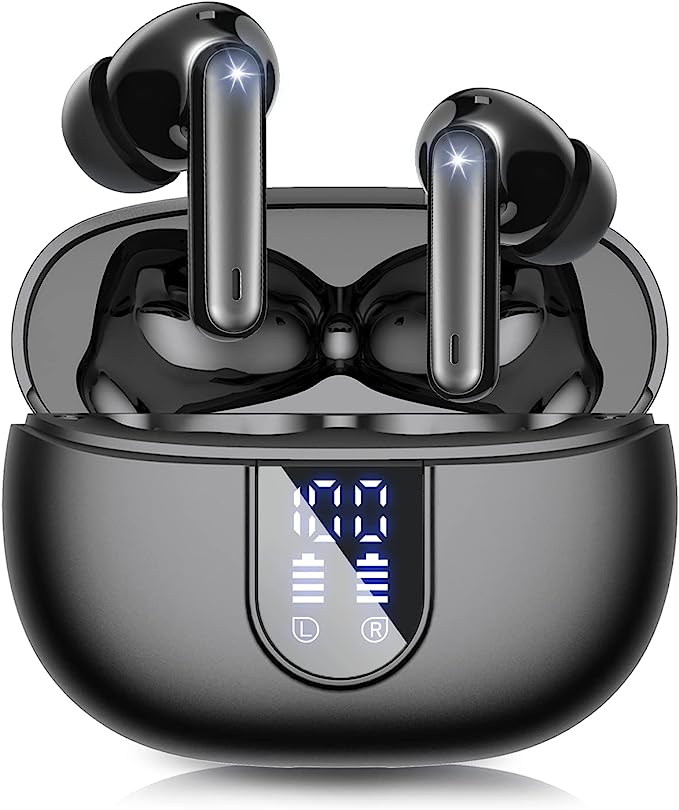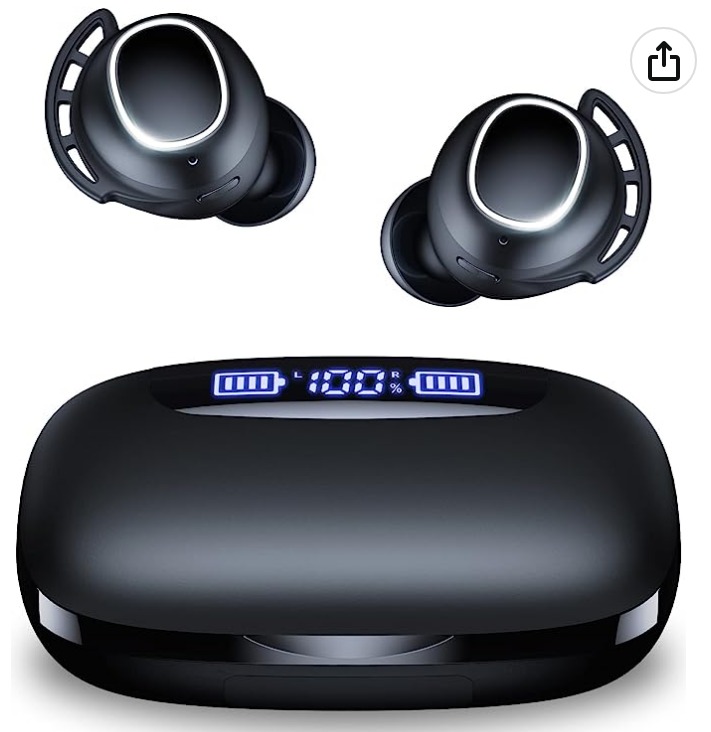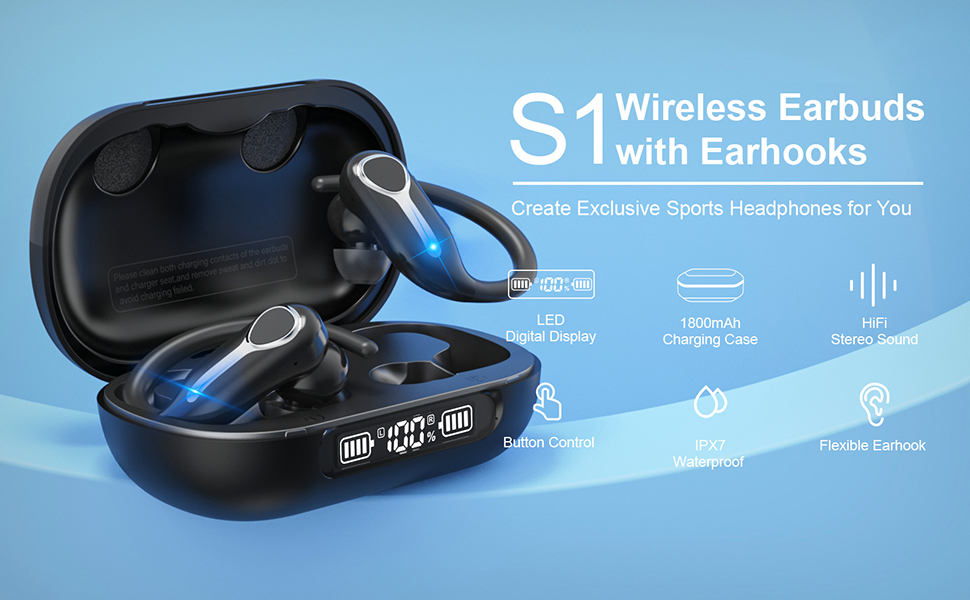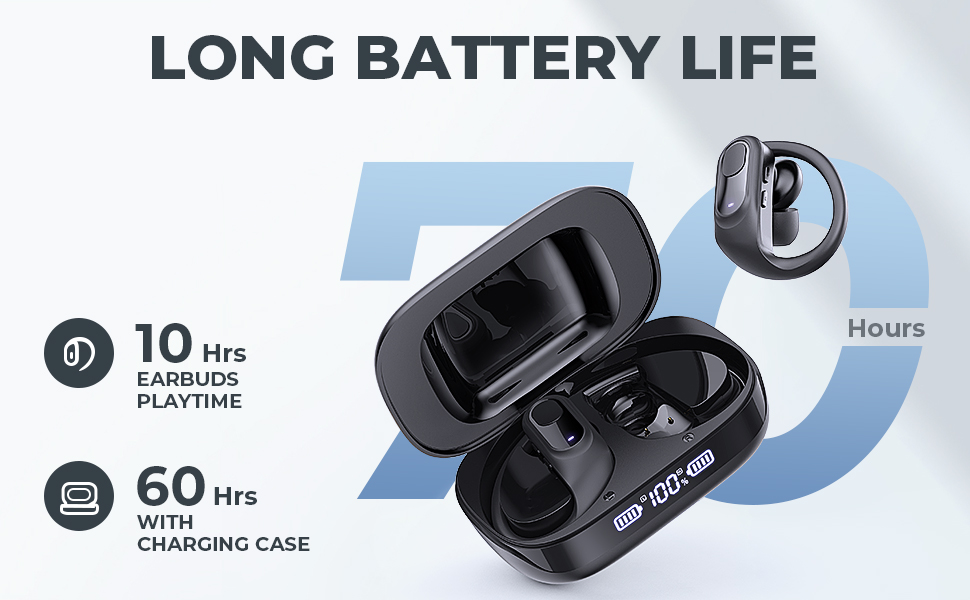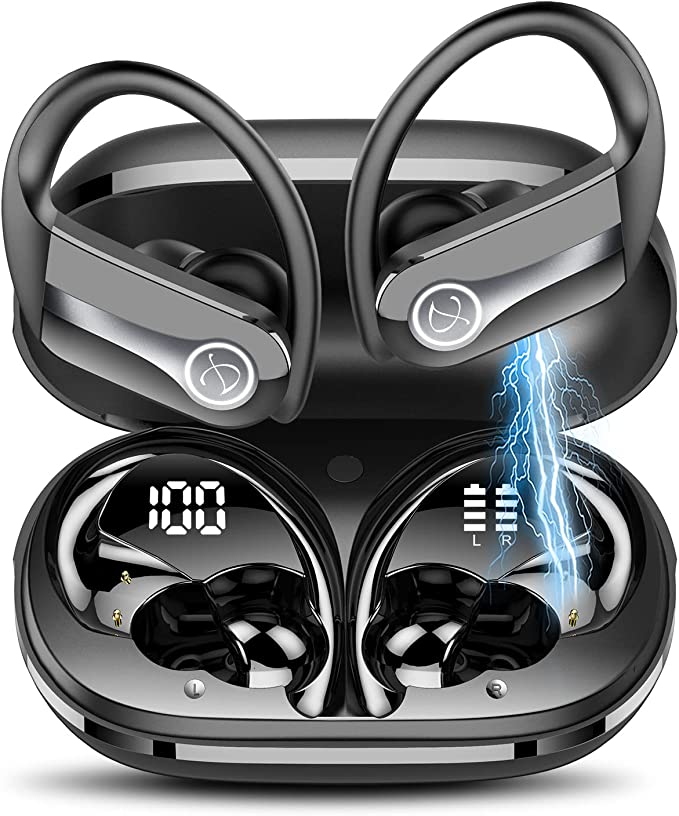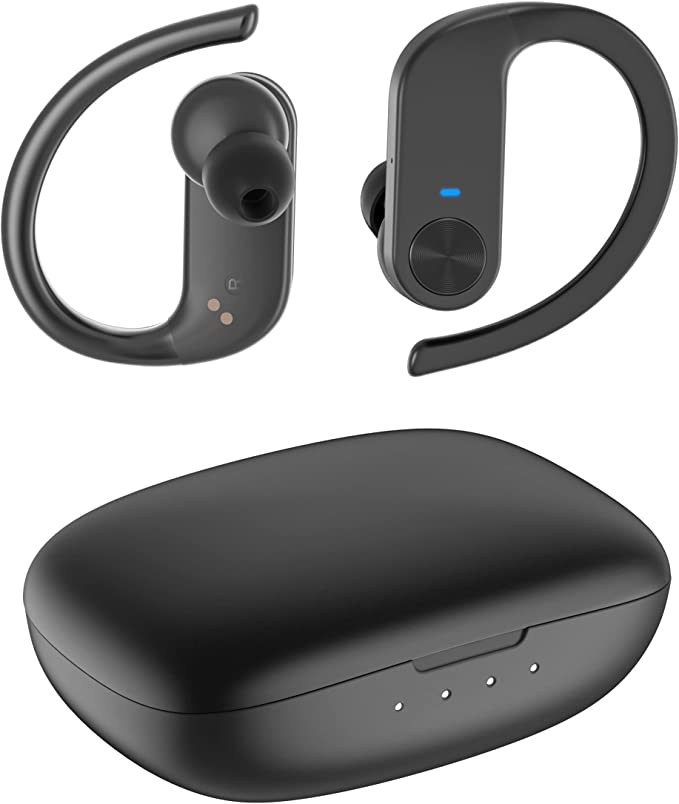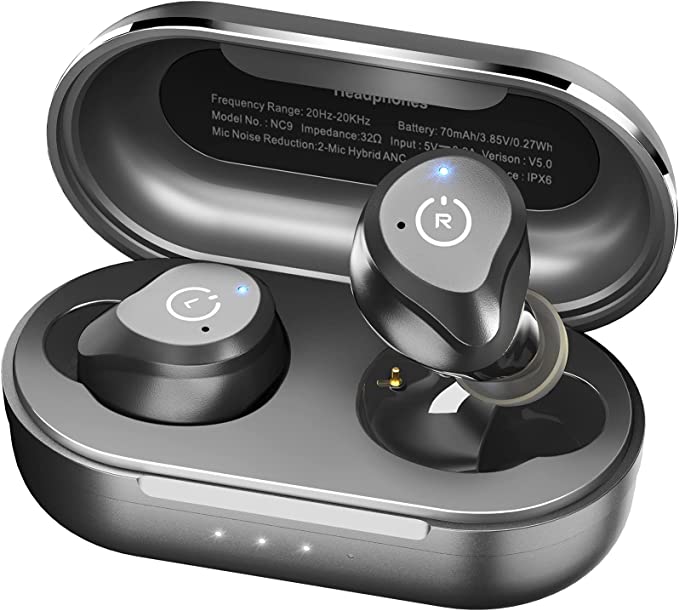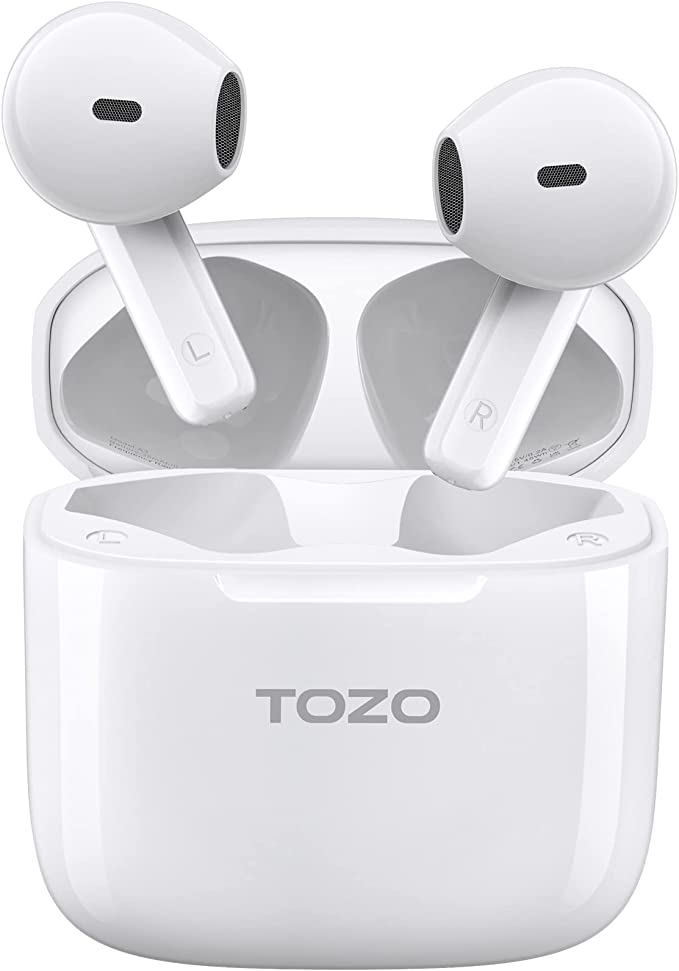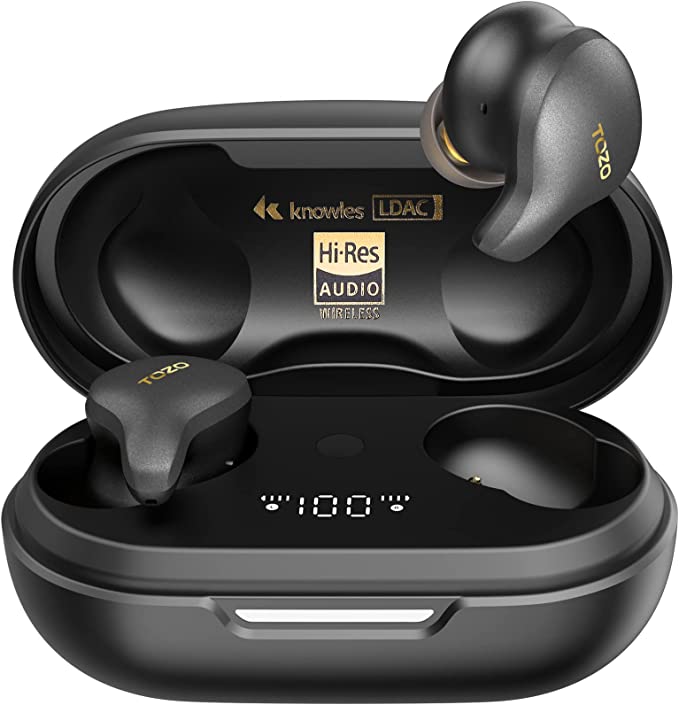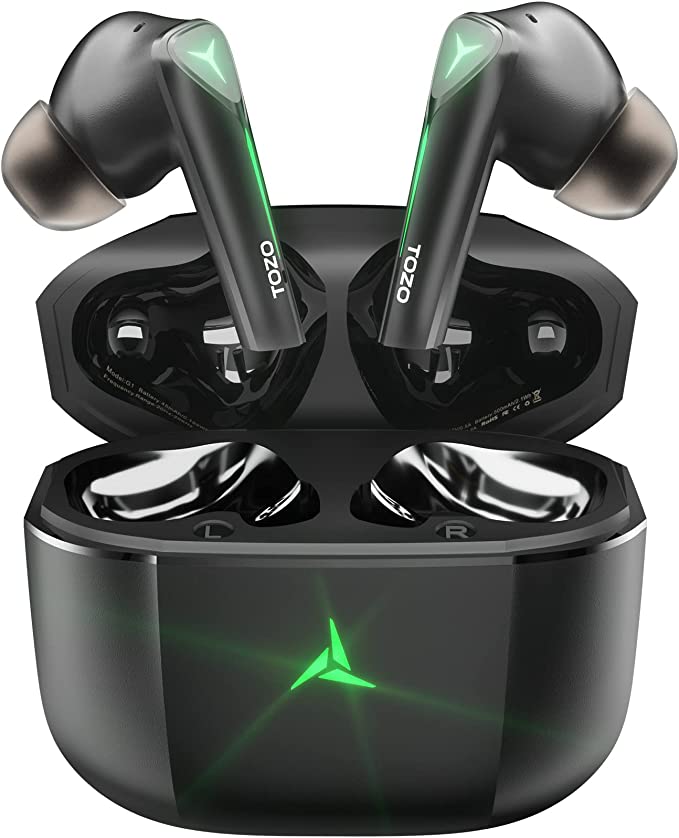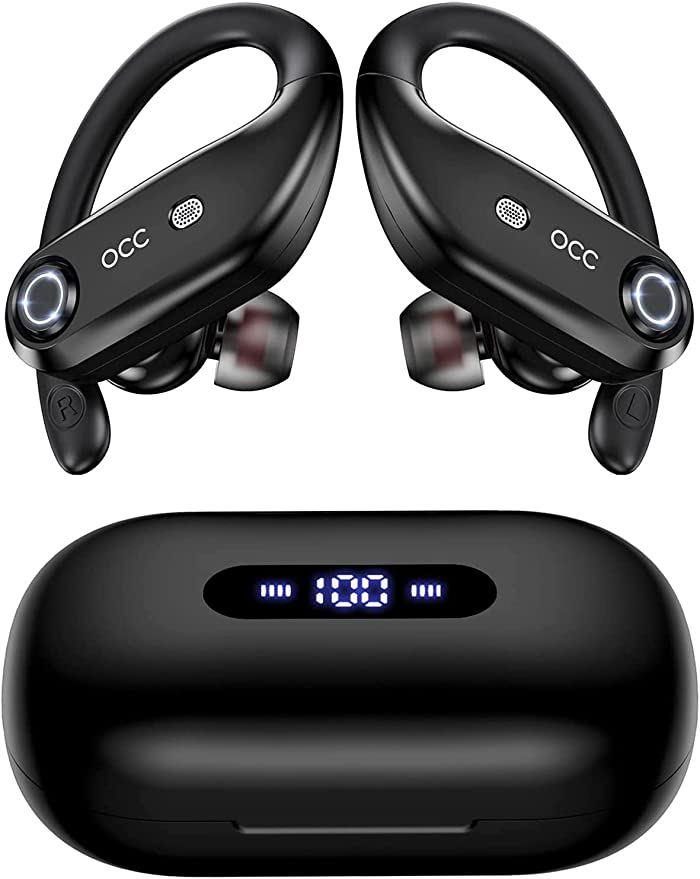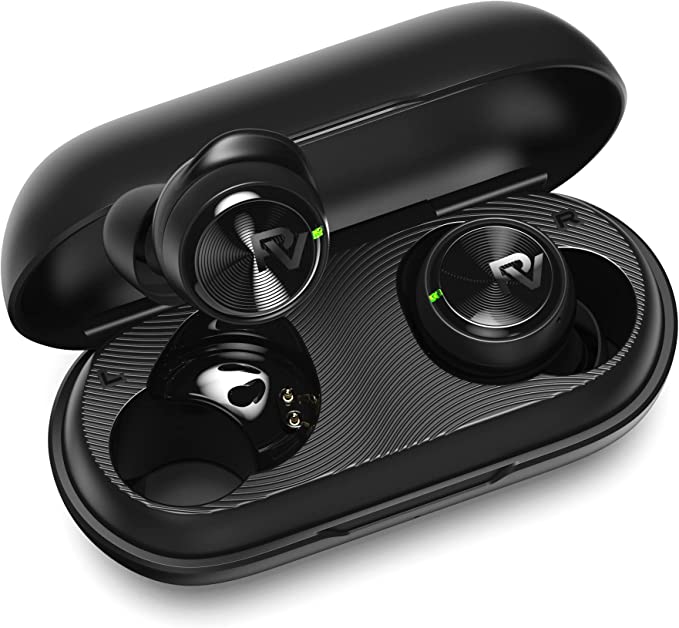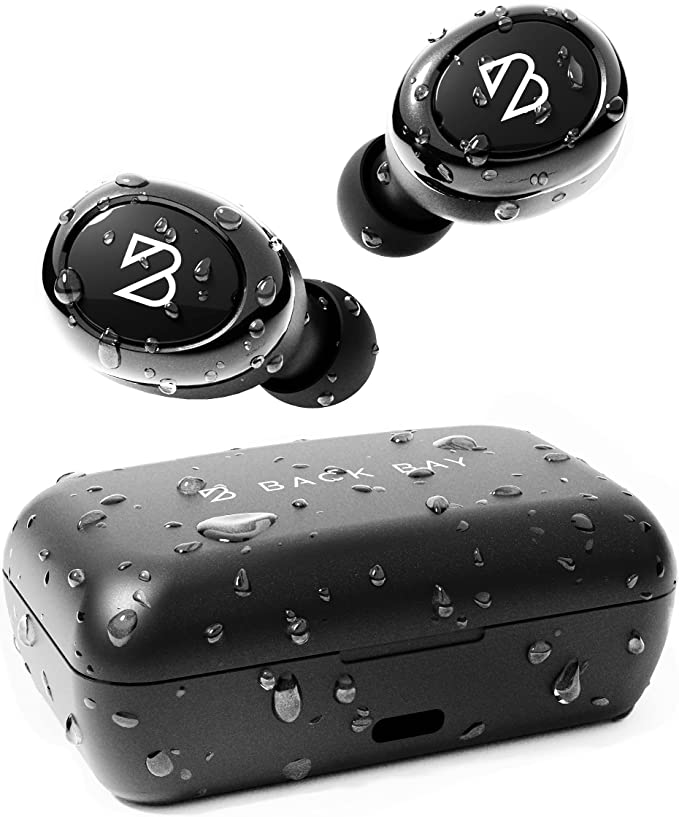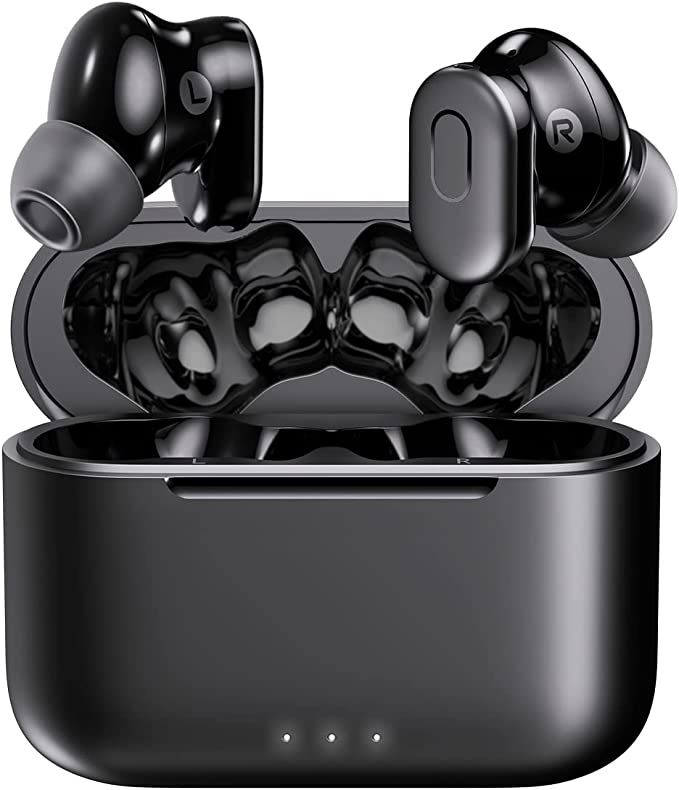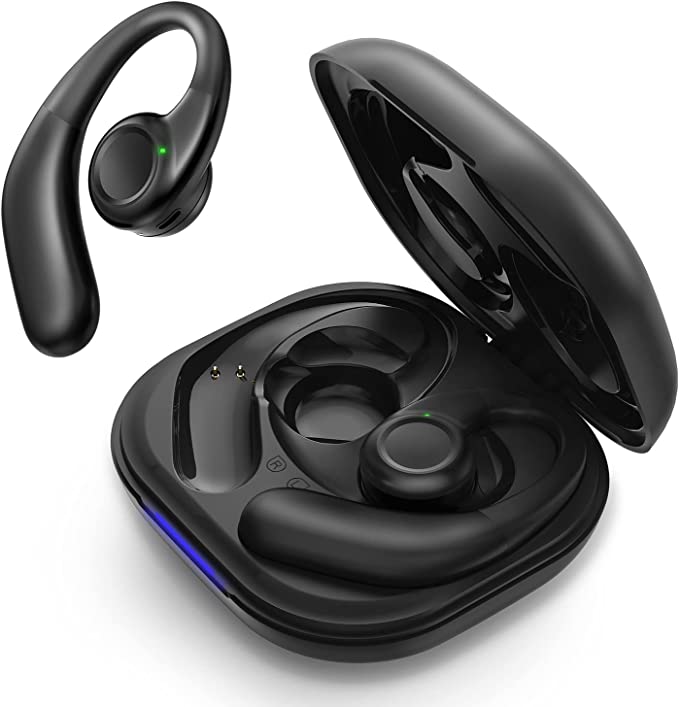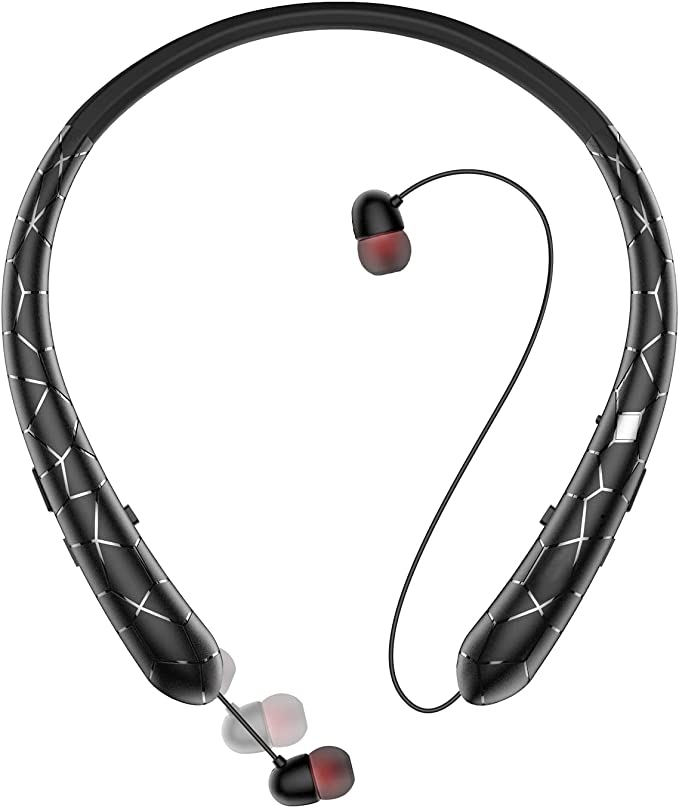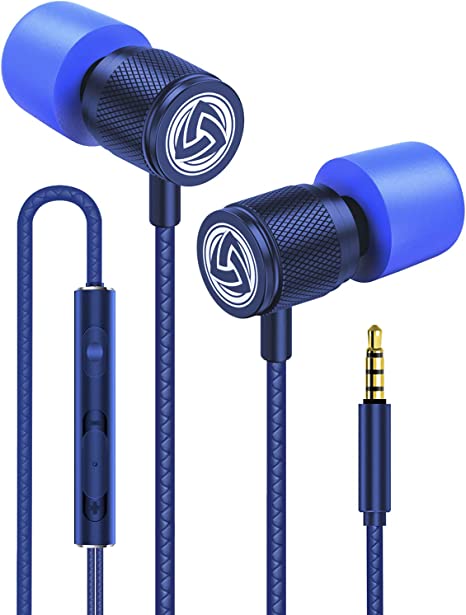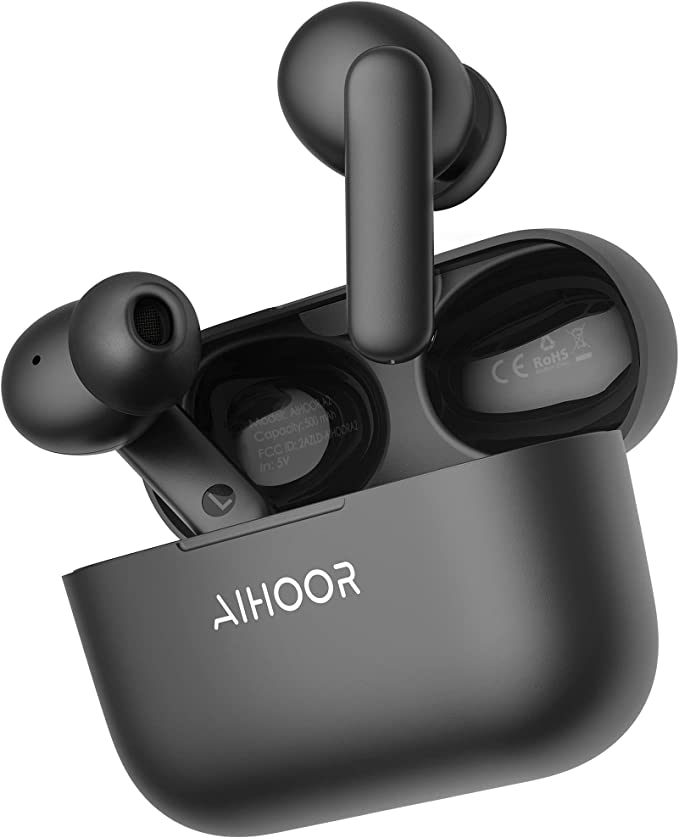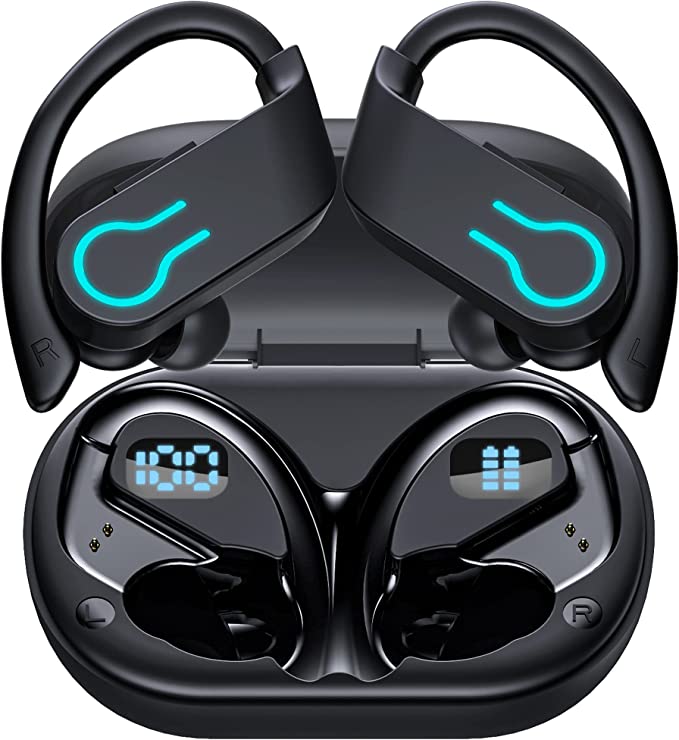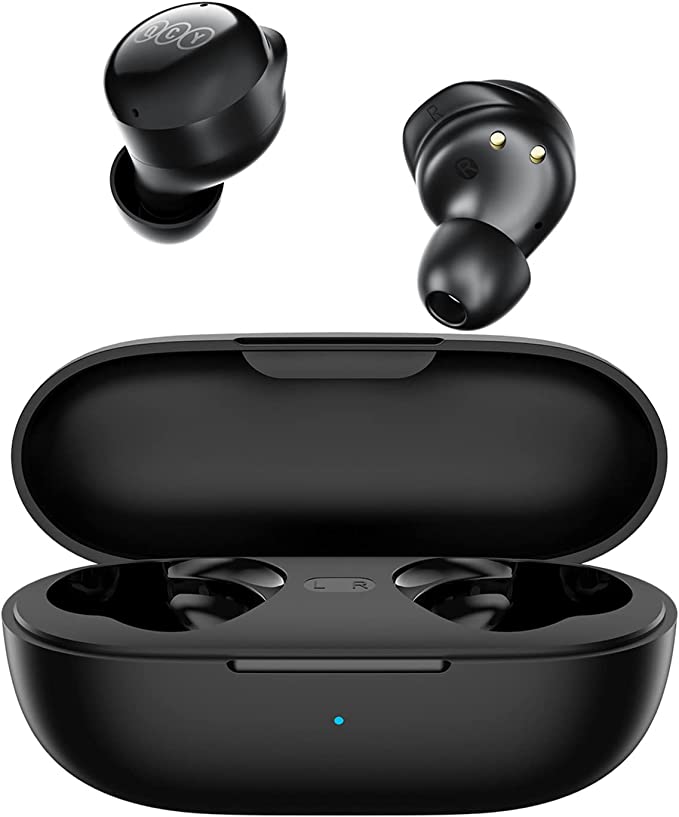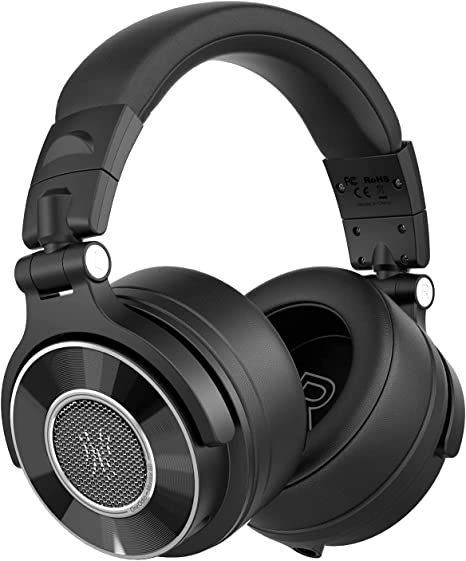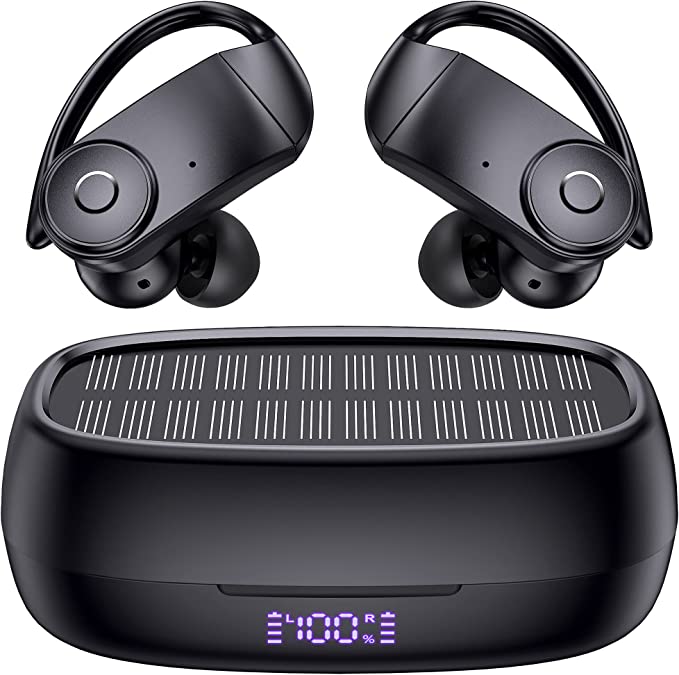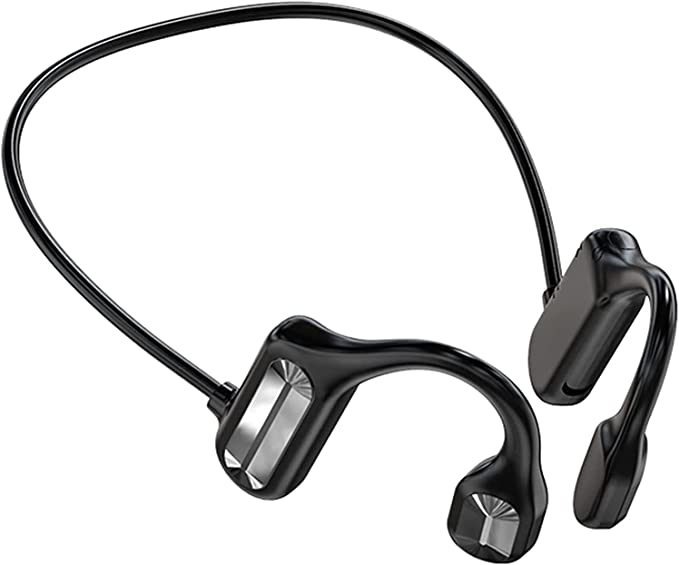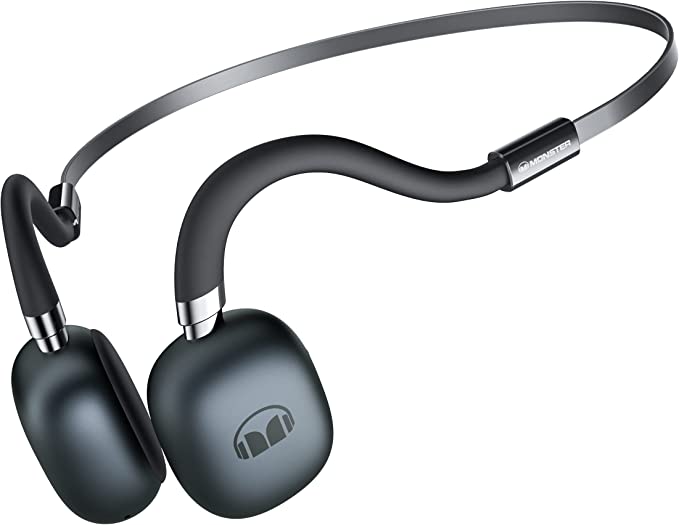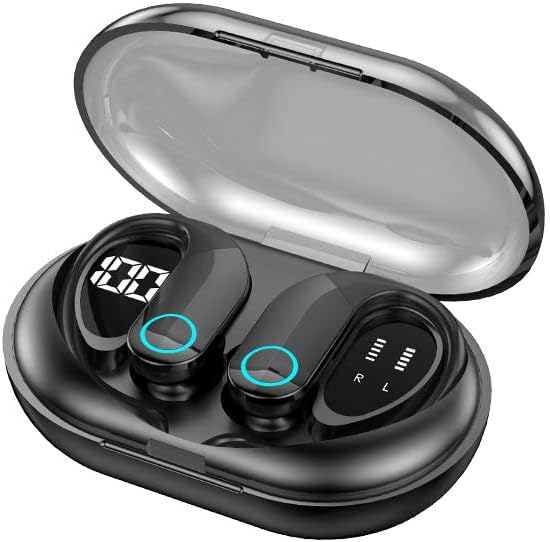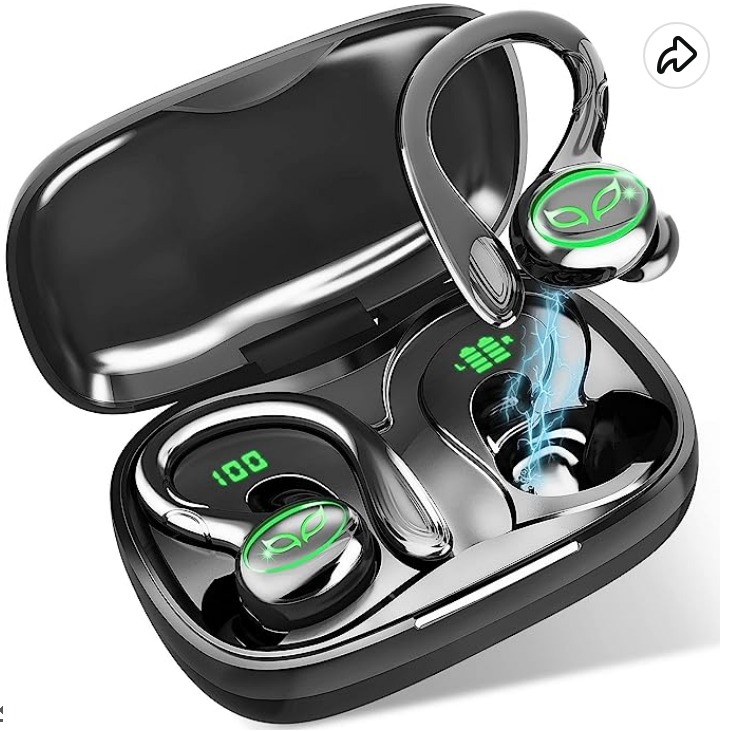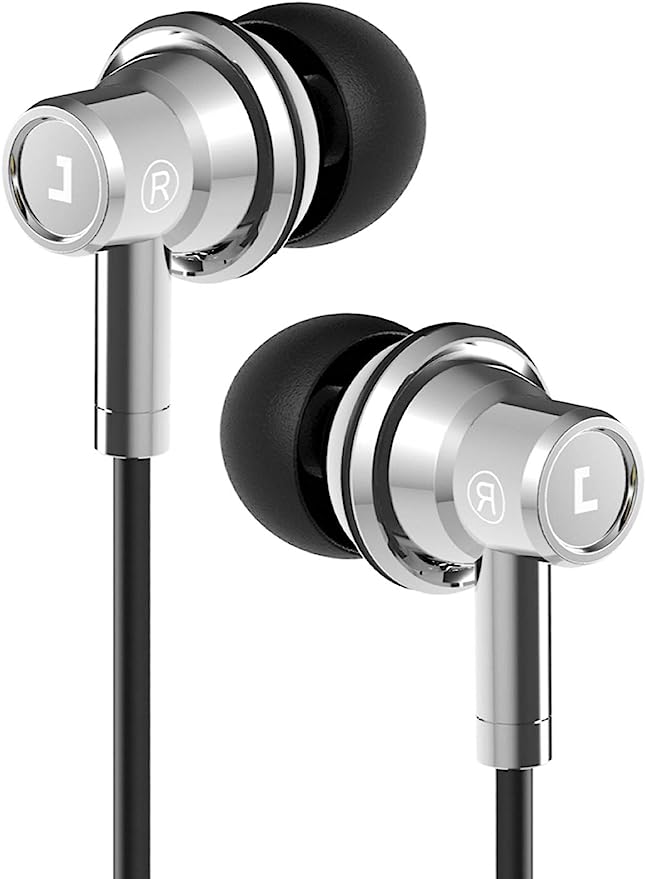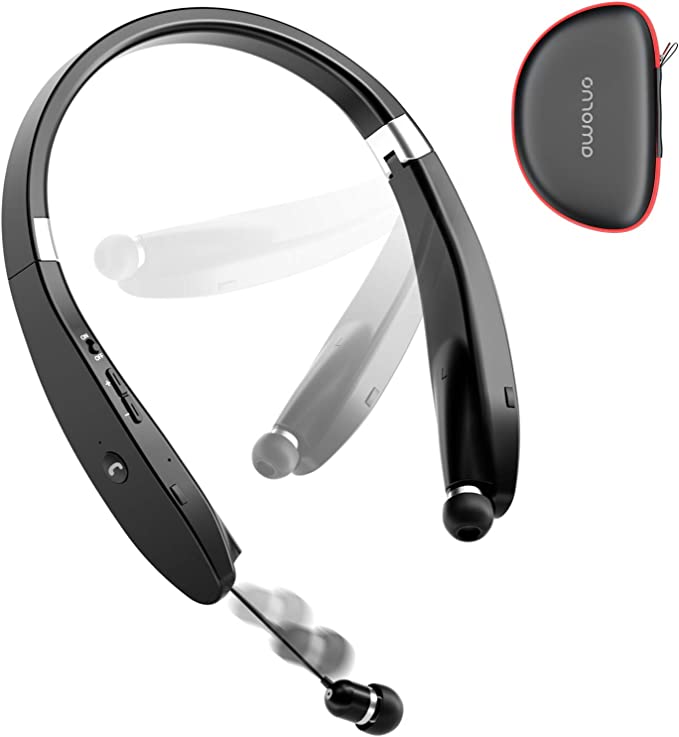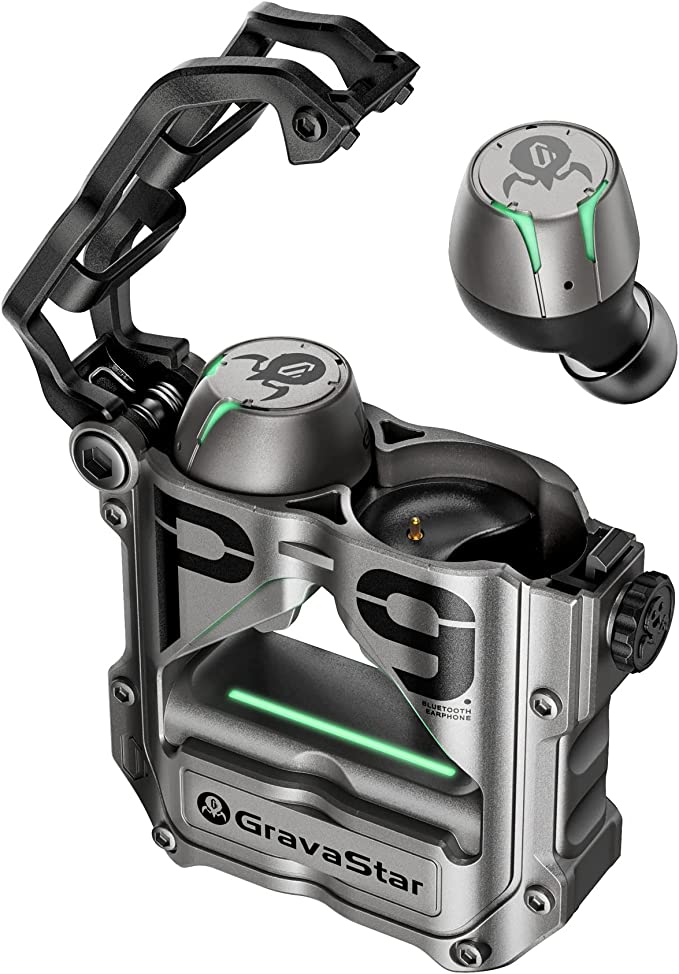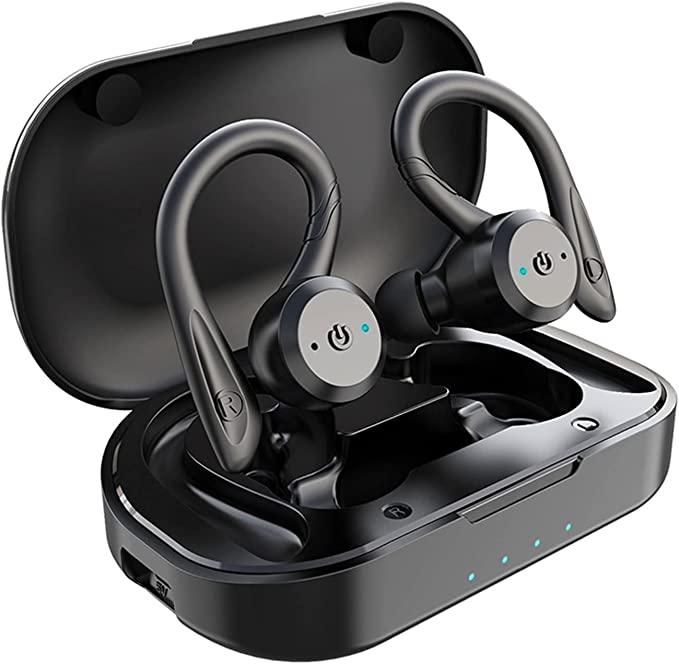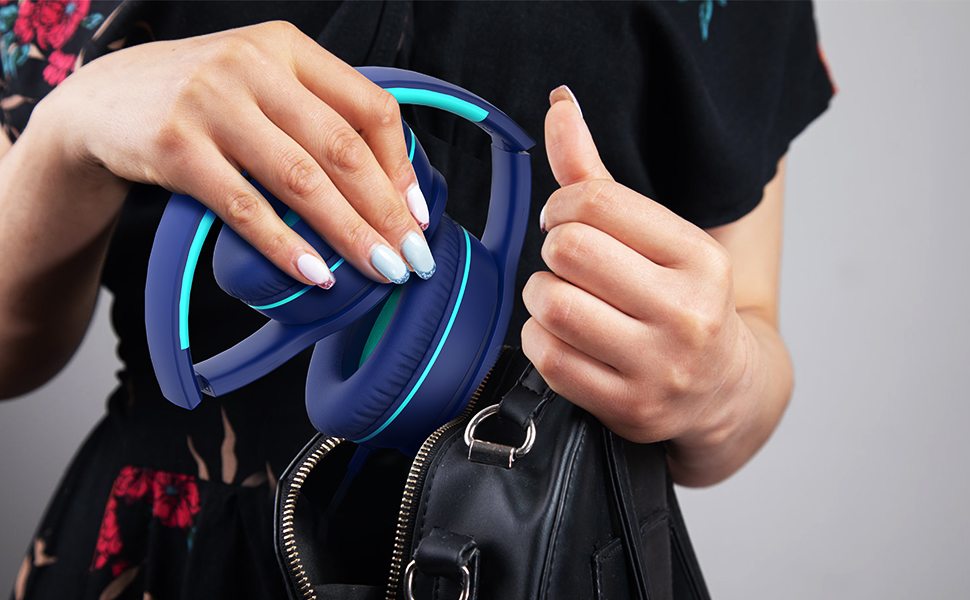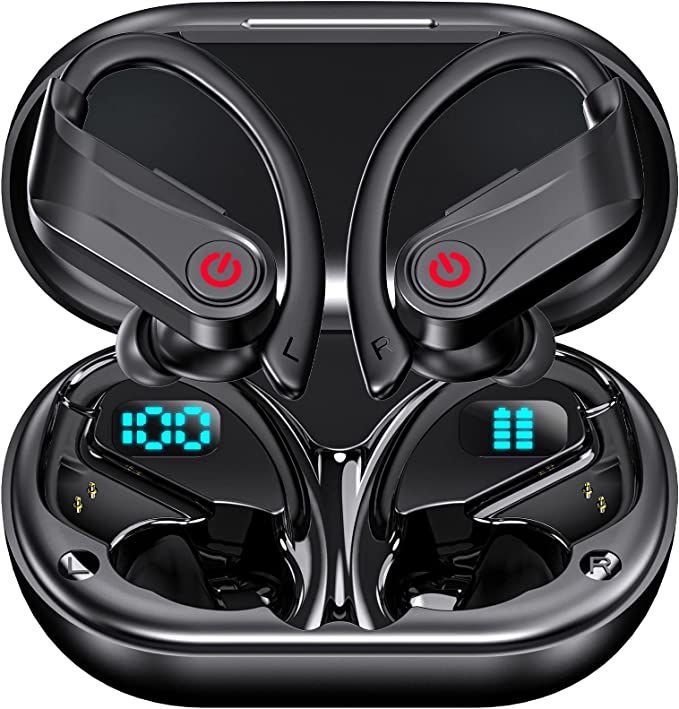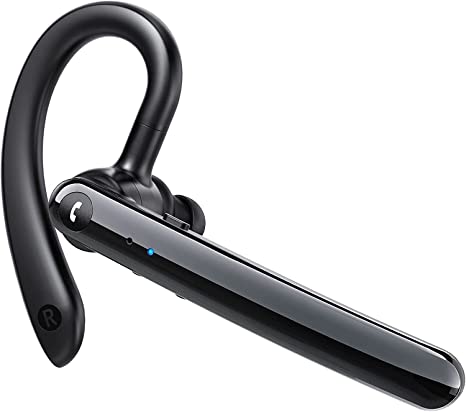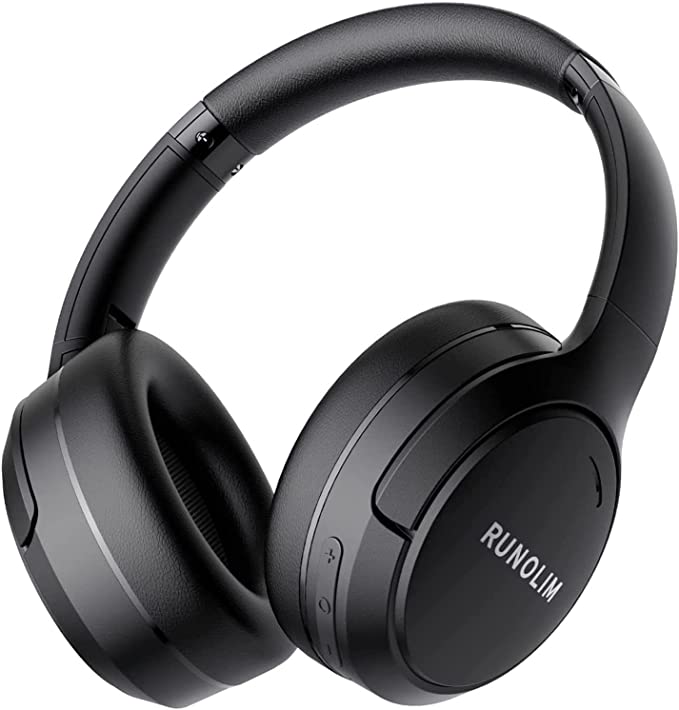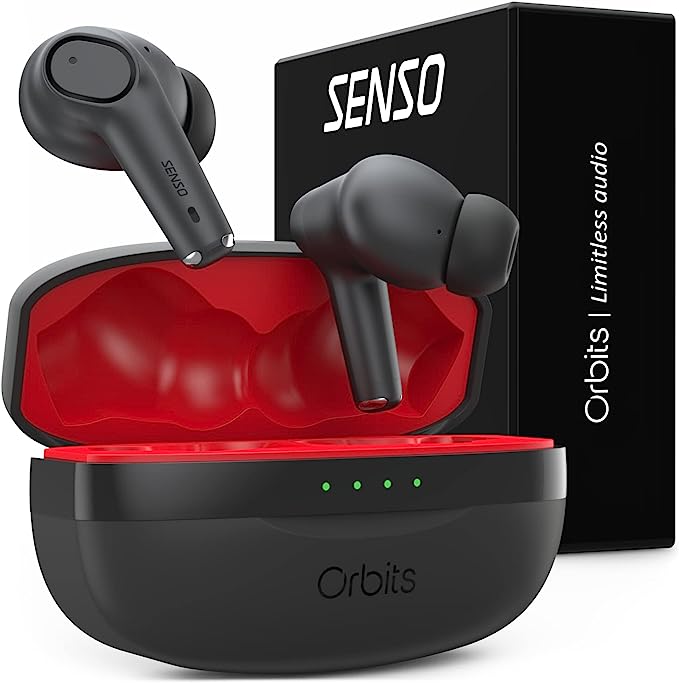ZONWOO S1 Wireless Earbuds: Unleash Your Workout with 88H Playtime
Update on March 21, 2025, 10:44 a.m.
For centuries, if you wanted to listen to music privately, you were tethered. Literally. From the earliest stethoscopes adapted for rudimentary “headphones” in the late 19th century to the ubiquitous earbuds of the early 2000s, wires were the inescapable link between you and your audio source. These wires, while functional, presented a constant tangle of limitations: restricted movement, snagging hazards, and the inevitable wear and tear that led to frustrating failures.
The advent of wireless technology, specifically Bluetooth, revolutionized personal audio. Suddenly, the wires were gone, replaced by invisible radio waves carrying music and conversations to our ears. But early wireless earbuds were far from perfect. They suffered from dropped connections, short battery life, bulky designs, and often, disappointing sound quality. Many users found themselves sacrificing convenience for reliability, clinging to their wired headphones despite the limitations.
The ZONWOO S1 wireless earbuds represent a significant step forward in this ongoing evolution. They address many of the historical pain points of wireless audio, combining a secure and comfortable fit, remarkably long battery life, robust waterproofing, and high-fidelity sound, all thanks to advancements in Bluetooth technology and clever engineering. Let’s dive into the science that makes it all possible.

The Science of Secure Fit: Ergonomics and Ear Hooks
One of the most common complaints about earbuds, especially during physical activity, is that they simply fall out. To understand why, and how the ZONWOO S1 tackles this problem, we need a little anatomy and physics.
Your outer ear, the visible part, is a complex structure of cartilage and skin, with curves and folds designed to funnel sound waves into your ear canal. However, everyone’s ear shape is slightly different, making a universal “perfect fit” for earbuds incredibly challenging. When you add movement – running, jumping, even just turning your head – the forces acting on the earbuds increase. Gravity, inertia, and the impact of your feet hitting the ground all conspire to dislodge those tiny devices.
The ZONWOO S1’s ear hooks are designed to counteract these forces. They act as a secondary point of contact, distributing the weight of the earbud more evenly and providing a secure anchor behind your ear. The flexible material conforms to the shape of your ear, providing a snug, yet comfortable fit. It’s like the difference between holding a small object with just your fingertips versus using your whole hand – the latter provides a much more secure grip. Think about safety straps, like those on a backpack.
The choice of materials is also crucial. The ear hooks need to be flexible enough to adapt to different ear shapes, yet durable enough to withstand repeated bending and stretching. This requires materials with specific properties, often a blend of polymers that offer both flexibility and resilience.
Finally, the selection of eartips plays a vital role. The ZONWOO S1, like many earbuds, comes with multiple sizes of eartips, typically made of silicone. Choosing the right size is essential not only for comfort but also for creating a good seal within your ear canal. This seal is critical for two reasons: it prevents the earbuds from falling out, and it blocks out external noise, improving sound isolation and bass response. A good seal is like closing a window to block out street noise – it makes the sound inside clearer and more immersive.
Bluetooth 5.3: Uninterrupted Audio, Extended Playtime
Bluetooth is the invisible thread that connects the ZONWOO S1 earbuds to your smartphone, tablet, or computer. Think of it as a specialized form of radio communication, designed for short-range, low-power data transfer. Instead of tuning a dial to find a specific station, Bluetooth devices “pair” with each other, creating a secure, private connection.
Over the years, Bluetooth has evolved significantly, with each new version bringing improvements in speed, range, and power efficiency. The ZONWOO S1 utilizes Bluetooth 5.3, the latest iteration, offering several key advantages over its predecessors.
One of the most significant improvements is enhanced connection stability. Earlier versions of Bluetooth were more susceptible to interference from other wireless devices – Wi-Fi routers, microwaves, even other Bluetooth devices – which could cause audio dropouts or stuttering. Bluetooth 5.3 incorporates several techniques to mitigate this interference. It uses more sophisticated algorithms to hop between different frequency channels, avoiding congested areas of the radio spectrum. It’s like having a car that can automatically switch lanes to avoid traffic, ensuring a smoother journey.
Bluetooth 5.3 also boasts improved power efficiency. This is crucial for battery-powered devices like earbuds. By optimizing the way data is transmitted and received, Bluetooth 5.3 reduces the amount of energy required for each operation. This translates directly to longer battery life, allowing you to enjoy your music for extended periods without needing to recharge. Think of it like a car engine that gets better gas mileage – it can travel further on the same amount of fuel. While there are inherent limitations due to physical obstructions and distance, Bluetooth 5.3 maximizes efficiency within those constraints.
Another, often overlooked, benefit of Bluetooth 5.3 is its faster data transfer rate. While this might not be immediately obvious when listening to music, it reduces latency – the delay between when audio is sent from your device and when you hear it. Lower latency is particularly important for video playback and gaming, where even a slight delay can be noticeable and disruptive.
While discussing Bluetooth, it’s worth briefly mentioning audio codecs. A codec is a piece of software that encodes and decodes digital audio data. Different codecs offer varying levels of compression and sound quality. Common codecs include SBC (the standard Bluetooth codec), AAC (popular with Apple devices), and aptX (known for higher fidelity). While the specific codec used by the ZONWOO S1 isn’t explicitly stated, the presence of Bluetooth 5.3 suggests support for at least SBC and potentially AAC, ensuring compatibility with a wide range of devices.
Powering Your Day: The Battery and Charging Case
Battery life is a constant concern for wireless earbud users. No one wants their music to cut out mid-workout or during an important call. The ZONWOO S1 addresses this concern with a combination of efficient components and a high-capacity charging case.
Let’s start with the basics. A battery’s capacity is measured in milliampere-hours (mAh). This number represents the amount of electrical charge the battery can store. The higher the mAh rating, the more energy the battery can hold, and generally, the longer the device can operate on a single charge. It’s like the size of a car’s gas tank – a larger tank holds more fuel, allowing the car to drive further.
The ZONWOO S1 earbuds themselves provide a respectable 7-8 hours of playtime on a single charge. But the charging case is where the real power lies. With a massive 1800mAh battery, it can recharge the earbuds approximately 11 times, extending the total playtime to an impressive 88 hours. This is significantly higher than many competing earbuds, making the S1 a great option for long trips, extended workouts, or anyone who simply doesn’t want to worry about constantly charging their headphones.
The charging case itself is more than just a battery; it’s a smart device. It features an LED display that clearly shows the remaining battery level of both the earbuds and the case itself, so you always know how much power you have left. And, in a pinch, the case can even function as a portable power bank for other devices, thanks to its USB-A output port. This is a convenient feature for topping up your phone’s battery when you’re on the go, but it’s important to remember that using the case as a power bank will reduce the number of times you can recharge the earbuds.
The ZONWOO S1, like most modern wireless earbuds, uses lithium-polymer (Li-Po) batteries. Li-Po batteries are known for their high energy density – they can store a lot of energy in a relatively small and lightweight package. They’re also relatively safe and have a long lifespan, although, like all batteries, their capacity will gradually decrease over time with repeated charge cycles.
IPX7 Waterproofing: Conquering the Elements
Whether you’re sweating it out at the gym, caught in a sudden downpour, or simply want the peace of mind that comes with knowing your earbuds can handle a splash, water resistance is a crucial feature. The ZONWOO S1 boasts an IPX7 waterproof rating, but what does that actually mean?
IP ratings (Ingress Protection) are an international standard used to define levels of sealing effectiveness of electrical enclosures against intrusion from foreign bodies (tools, dirt, etc.) and moisture. The rating consists of two digits: the first digit indicates the level of protection against solid particles (like dust), and the second digit indicates the level of protection against liquids.
In the case of IPX7, the “X” means that the device hasn’t been formally tested for dust protection (though it likely offers some level of resistance). The “7” is the important part: it signifies that the ZONWOO S1 can withstand immersion in up to 1 meter (3.3 feet) of water for up to 30 minutes. This means you can wear them confidently in the rain, during intense workouts, or even while washing dishes, without worrying about water damage. Think shower, not swimming.
Achieving this level of waterproofing requires careful engineering. The earbuds’ housing must be tightly sealed to prevent water from entering and damaging the internal components. This often involves the use of gaskets, seals, and hydrophobic coatings – materials that repel water. It’s a bit like designing a miniature submarine; every potential point of entry must be carefully sealed.
It’s important to note the limitations of IPX7. While the earbuds can withstand submersion, they’re not designed for prolonged underwater use, such as swimming. High-pressure water jets, like those from a showerhead directly on the earbuds, could also potentially overcome the seals. And, as mentioned in the original FAQ, it’s always a good idea to wipe the earbuds dry after exposure to sweat or water to prevent oxidation of the charging contacts.
Sound Reproduction: Dynamic Drivers and Hi-Fi Audio
At the heart of any pair of headphones is the driver – the component that converts electrical signals into sound waves. The ZONWOO S1 uses dynamic drivers, the most common type of driver found in headphones and earbuds.
To understand how dynamic drivers work, we need a little physics. Sound is essentially vibration. When you pluck a guitar string, it vibrates, creating pressure waves in the air. These waves travel to your ear, where they vibrate your eardrum, which your brain interprets as sound.
A dynamic driver works on a similar principle, but instead of a guitar string, it uses a thin, flexible diaphragm. This diaphragm is attached to a voice coil, which is essentially a coil of wire. When an electrical signal (the audio signal from your phone or music player) passes through the voice coil, it creates a magnetic field. This magnetic field interacts with a permanent magnet within the driver, causing the voice coil and the attached diaphragm to move back and forth. This movement creates pressure waves in the air, which we hear as sound. It’s like a tiny, incredibly fast-moving piston, pushing air to create sound.
The size of the driver, typically measured in millimeters (mm), can influence the sound quality. Generally speaking, larger drivers can move more air, which can result in stronger bass response and a wider dynamic range. The ZONWOO S1’s 10mm drivers are relatively large for earbuds, contributing to their full and rich sound.
The term “Hi-Fi” (High Fidelity) is often used to describe audio equipment that aims to reproduce sound as accurately as possible, with minimal distortion or coloration. While there’s no strict technical definition of “Hi-Fi,” it generally implies a high level of sound quality, with a wide frequency response and low levels of noise and distortion. The ZONWOO S1’s design and components, including its 10mm drivers, are intended to deliver a Hi-Fi listening experience.
Digital Signal Processing (DSP) can also play a role in shaping the sound of headphones. DSP chips can be used to adjust the frequency response, reduce noise, and enhance certain aspects of the audio. While the specific details of any DSP used in the ZONWOO S1 aren’t provided, it’s a common technology used in many modern headphones to improve sound quality.
Intuitive Control: Mastering Your Audio Experience
While touch controls have become increasingly popular on wireless earbuds, the ZONWOO S1 opts for physical buttons. This is often a matter of preference, with some users finding physical buttons more reliable and less prone to accidental activation, especially during workouts.
The S1 features buttons on both earbuds, providing easy access to a range of functions. You can control music playback (play/pause, skip tracks), adjust the volume, answer and reject calls, and even activate your device’s voice assistant (like Siri or Google Assistant) with simple button presses. This allows you to keep your phone tucked away, providing a more convenient and hands-free experience. The tactile feedback of physical buttons can be advantageous in situations where visual confirmation isn’t possible, such as when running or cycling.
Conclusion: The Future of Wireless Audio
The ZONWOO S1 wireless earbuds represent a compelling blend of practicality, durability, and performance. They address many of the common frustrations associated with wireless earbuds – insecure fit, short battery life, and vulnerability to the elements – while delivering high-quality audio. From the secure-fit ear hooks and IPX7 waterproofing to the impressive 88-hour battery life facilitated by Bluetooth 5.3, the S1 is designed for active individuals who demand reliable and convenient audio on the go.
The evolution of wireless audio is far from over. We can expect to see continued advancements in several key areas. One exciting development is LE Audio (Low Energy Audio), a new Bluetooth standard that promises even lower power consumption, improved audio quality, and support for new features like multi-stream audio (the ability to connect to multiple devices simultaneously) and Auracast broadcast audio (allowing multiple users to listen to the same audio stream). While the ZONWOO S1 doesn’t explicitly state support for LE Audio, future iterations of wireless earbuds are likely to incorporate this technology.
Another trend is the increasing sophistication of noise cancellation. While the ZONWOO S1 offers noise filtering, which helps to reduce background noise during calls, it doesn’t feature Active Noise Cancellation (ANC). ANC uses microphones to actively detect and counteract external sounds, creating a more immersive listening experience. Future earbuds will likely feature more advanced ANC capabilities, perhaps even adapting to different environments automatically.
Spatial audio is another area of innovation. This technology creates a three-dimensional soundstage, making it seem like sound is coming from different directions, rather than just from the left and right earbuds. This can enhance the realism of music, movies, and games.
Beyond these specific technologies, the ongoing quest for better sound quality, longer battery life, and greater convenience will continue to drive innovation in the wireless audio space. We may see even smaller and more discreet earbuds, improved voice assistant integration, and perhaps even health-tracking features built into future headphones. The ZONWOO S1, with its focus on the fundamentals of secure fit, long battery life, and reliable performance, provides a solid foundation for these future advancements. It demonstrates that practical, user-focused design, combined with cutting-edge technology, can deliver a truly satisfying wireless audio experience.


